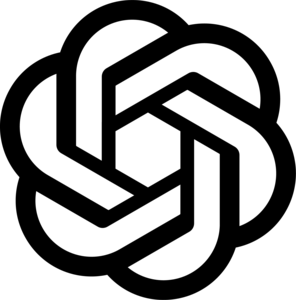
In the ever-evolving landscape of business operations, efficiency and cost-effectiveness are paramount. Many companies are turning to innovative solutions like QR code-based asset tracking to streamline processes and reduce operational costs. Let’s explore how adopting this technology has enabled businesses across various sectors to achieve significant savings.
Case Study 1: Manufacturing Sector
Company Profile:
A medium-sized manufacturing firm with multiple production facilities and extensive machinery.
Challenge:
The company faced challenges in tracking the usage and maintenance schedules of machinery across different sites. Manual record-keeping led to discrepancies, delays in maintenance, and increased downtime.
Solution:
Implemented a QR code-based asset tracking system integrated with their existing maintenance management software. Each machine was tagged with a QR code linked to a digital profile containing maintenance logs, service schedules, and operational data.
Results:
- Reduced Downtime: By monitoring maintenance needs in real-time, the company minimized unplanned downtime by 30%, leading to increased productivity.
- Improved Maintenance Efficiency: Scheduled maintenance became more efficient, reducing overall maintenance costs by 20% annually.
- Inventory Optimization: Better tracking of spare parts and consumables lowered inventory costs by 15%.
Case Study 2: Logistics and Transportation
Company Profile:
A logistics company specializing in warehousing and distribution services.
Challenge:
Tracking and managing a vast inventory of goods across multiple warehouses and during transit was cumbersome and prone to errors. This led to inefficiencies in order fulfillment and increased operational costs.
Solution:
Deployed a QR code-based inventory management system that enabled real-time tracking from warehouse to delivery.
Results:
- Enhanced Inventory Accuracy: Reduced inventory discrepancies by 25%, minimizing stockouts and overstock situations.
- Optimized Route Planning: Improved asset visibility allowed for optimized route planning, reducing fuel consumption and transportation costs by 15%.
- Faster Order Processing: Streamlined order picking and fulfillment processes increased operational efficiency, leading to faster turnaround times and improved customer satisfaction.
Case Study 3: Healthcare Sector
Company Profile:
A network of hospitals and clinics facing challenges in managing medical equipment and supplies.
Challenge:
Ensuring timely availability and tracking the usage of medical equipment and supplies across different healthcare facilities was critical for patient care and operational efficiency.
Solution:
Implemented a QR code-based asset tracking system integrated with their inventory management software and patient records system.
Results:
- Improved Asset Utilization: Optimized usage of medical equipment reduced unnecessary purchases and extended equipment lifespan, resulting in cost savings of 18%.
- Enhanced Patient Care: Timely availability of critical supplies improved patient care outcomes and reduced emergency procurement costs.
- Regulatory Compliance: Maintained compliance with healthcare regulations by tracking equipment maintenance and usage history seamlessly.
Conclusion
Across diverse industries, adopting QR code-based asset tracking systems has proven instrumental in driving operational efficiency and achieving substantial cost savings. Whether in manufacturing, logistics, healthcare, or beyond, companies have reaped the benefits of real-time visibility, improved inventory management, and streamlined operations. By leveraging technology to enhance asset tracking capabilities, businesses not only reduce costs but also position themselves for sustained growth and competitiveness in today’s dynamic marketplace.
Ready to transform your operations and unlock cost-saving opportunities? Try INDTRAC QR App for free. Call us for any help you need.
 Recently we received a request where the customer needed to track hundred thousands of assets under its inventory. They added a few of constraints. One of them was that the tags had to withstand extreme weather. The environmental temperature ranged above normal range of temperature. It also had to be water-proof.
Recently we received a request where the customer needed to track hundred thousands of assets under its inventory. They added a few of constraints. One of them was that the tags had to withstand extreme weather. The environmental temperature ranged above normal range of temperature. It also had to be water-proof.
 In small businesses capital good and assets are major investments. Managing them efficiently should therefore be of paramount importance. Paper-based way of asset tracking and record keeping is time-consuming if not error-prone and costly.
In small businesses capital good and assets are major investments. Managing them efficiently should therefore be of paramount importance. Paper-based way of asset tracking and record keeping is time-consuming if not error-prone and costly. ChatGPT is making a lot of waves. So I thought why not try ChatGPT to answer some basics about RTLS. Here are some excerpts, a little lengthy for my comfort but to be frank, composition and style are comparable to any good marketing content!
ChatGPT is making a lot of waves. So I thought why not try ChatGPT to answer some basics about RTLS. Here are some excerpts, a little lengthy for my comfort but to be frank, composition and style are comparable to any good marketing content!